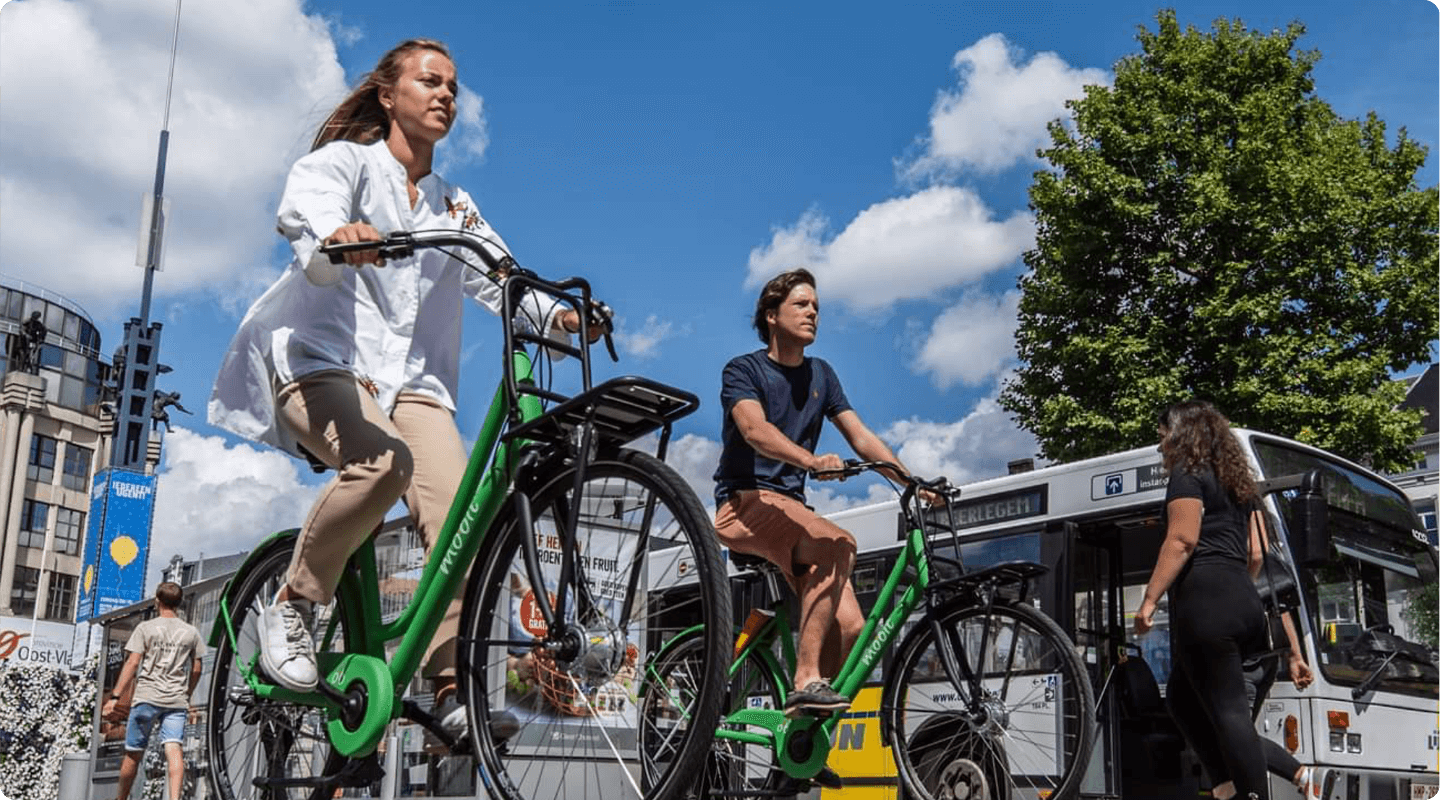Introduction
The shared mobility project has received more and more attention in recent years, because it fits well with the concept of green and sustainable development, and can play a positive role in traffic congestion and environmental protection. However, a sufficient sum of money is needed to get any project off the ground, and so does shared mobility.
Why Raise Money for Shared Mobility?
Shared mobility projects require a lot of investment, hardware costs, software service fees and team costs, etc., are all expensive expenses, including multiple links from project start-up to operation, and then to maintenance. Therefore, We raised enough money to keep the whole project going. In addition, the return cycle of shared mobility projects is relatively long, which is one of the reasons why many start-up companies dare not invest in shared mobility projects.
1. Choosing the Right Shared Mobility Project
Judging which shared mobility project is suitable according to the regional economic development level and population size, bicycle sharing, E-bike sharing, car sharing and scooter Sharing are all options. An in-depth understanding of the travel habits of local residents and their preference for shared mobility will help judge the feasibility of shared mobility projects. Although it is necessary to raise funds, the feasibility study in the early stage of the project is also necessary.
2. Identify Different Sources of Funding
There are many ways to raise funds for a project, and it is necessary to choose the right way to raise funds. Government financial subsidies, corporate sponsorship, bank loans, angel investment and crowdfunding platforms are available, but each has different standards. For example, the angel investment channel will consider your profit method, return on investment ratio, etc. If the benefits generated by a shared mobility project in 10 or even 20 years cannot cover the cost, then investing in this project becomes meaningless. You need to choose one or more funding sources for a shared mobility project, which of course requires you to prepare a lot of information to gain trust.
3. Develop an Effective Fundraising Strategy
Why do many shared mobility projects work well in the early stage, but it is increasingly difficult for the benefits to cover the expenditure later? Much of the reason is a problem with the fundraising strategy. If this fundraising strategy only covers one aspect, the project will run into problems. First of all, it is necessary to determine the goals of each stage of the project and estimate a rough budget (this budget will be continuously optimized with the project).
A clear financial plan is also necessary, because the entire time span of the shared mobility project is very long, which may require multiple fundraising, so as much as possible, the shared mobility project is exposed to people’s eyes, which also requires social media to provide Definitely helps.
4. Implement Necessary Fundraising Activities
Shared mobility projects require funding from multiple sources, including self-owned funds, bank loans, government subsidies, venture capital, crowdfunding, strategic partners, and more.
Private Capital
The start a shared mobility project, which requires a start-up capital, which is likely to come from your own money, which may cover most of the costs, or the start-up capital of a small-scale fleet, which needs to be allocated according to your project process use. But self-funding won’t fully get you through the early stages of a shared mobility project. You’ll need other funding to help.
Government Subsidies
Don’t overlook the channel of government subsidies, as it may bring a bountiful amount of money to your shared mobility project. In order to alleviate traffic congestion, the government will encourage the implementation of shared mobility projects. Sentinel has received financial subsidies from Belgian government. This is very important for a start-up company, and with its financial subsidy Sentinel has successfully developed several products and applied them to many shared mobility projects with great success. the Vlaio project has played a crucial role in the development and production of Sentinel’s products.
Venture Capital
High risk means high revenue, and venture capital certainly plays an important role for a start-up project. Shared mobility projects with high growth potential will be a highlight and will largely determine the amount of money a project will raise. Generally, venture capital needs a higher return on investment to compensate for the risk, however, they will choose equity in return, and it is up to the principals of the shared mobility project to make a good choice.
Crowdfunding
Crowdfunding is also one of the good options. A good idea, a good concept, and making it happen through the support of the majority of people. Shared mobility projects need a lot of financial support upfront, and crowdfunding is a more suitable way to do this, for example, platforms like kickstarter, indiegogo and gofundme are a good choice, but there also needs to be a generous return offered to backers, this could be a free ride experience or a certain amount of shares in return, as long as it can attract potential backers of the project.
Sentinel has also experimented with a crowdfunding campaign, which has been an important help in producing our products and has greatly increased our confidence in focusing on our shared mobility business.
Strategic Partners
One or even more good strategic partners can make the difference in your shared mobility project. This can be a good vendor or software platform provider, as long as it aligns with the goals of shared mobility. An attractive partnership solution is essential for a shared mobility project to be as aligned as possible with the common interests of multiple strategic partners. It is important to clearly articulate the future plans and business direction of the shared mobility program and how to better engage the strategic partners; a win-win is what the strategic partners of shared mobility want most and what you really need to do.
5. Strengthening Ties with the Community
Ultimately, shared mobility programs are implemented in the community, and maintaining good connections with people in the community will better promote shared mobility programs. Not only will the community be able to raise funds for the shared mobility program (which can reward community supporters with the right to ride in the shared mobility program), but they will also be able to better promote awareness of the program and gather suggestions from community residents to optimize the program’s shortcomings and make it a good riding experience for the community.
6. Regularly Evaluate and Track Project Progress
The progress of shared mobility projects is generally long and requires good time planning, and regular evaluation and tracking is especially important. Because the project investment is relatively large, this needs to be divided into three cycles for fundraising activities, which include the fundraising goal, fundraising plan and fundraising materials, etc. in the early stage, marketing in the middle stage and the fund usage plan and refunding in the later stage, etc. Therefore, it is necessary to monitor the progress of the project regularly, and a detailed and clear fund usage plan can make the project go more smoothly.
The project may encounter some difficulties during the implementation process, such as pressure from competitors of the shared mobility project, or problems with the funding chain.
A Shared Mobility Case:
Mobit
Mobit is an example of a successful shared mobility project, and as one of the successful urban shared mobility projects, it has been able to rely on the Belgian government’s financial subsidies and continuously optimize its own financial use to successfully promote shared mobility projects in Belgium, gaining praise from the local community and improving traffic congestion in the city. This is a win-win situation for the project itself, a win-win situation for the community, and a win-win situation for the project investors.
Conclusion
Compared with traditional bicycle locks, smart locks have five major advantages: enhanced security, keyless entry, real-time tracking, smart notifications, and Easy Sharing. Don’t get too hung up on the choice of a smart bike lock, everyone has the freedom of choice. However, security features, compatibility, battery life and ease of use must be chosen carefully to ensure that it can match any of your bikes. Enjoying cycling is the ultimate choice for every cycling enthusiast, a smart lock allows you to enjoy riding without any worries!







